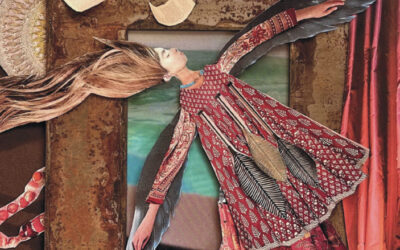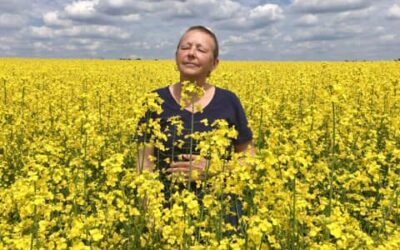A Poet’s Nanaimo
A Life in Pieces
In one of her essays, “Virginia Woolf’s Commas” in the “Late” section of A Life in Pieces (Thistledown Press, 2024), Jo-Ann Wallace writes of typing Woolf’s Mrs. Dalloway “from beginning to end.”“There is something surprisingly intimate about entering text in this...
Little Fortified Stories
Barbara Black’s new book, Little Fortified Stories (Caitlin Press, 2024) has won a 2024 Firebird Book Award in the "Short Story" category as well as in the new "Weird Book Genre" category. How cool is that!In fact, Barbara’s short fiction included in Little Fortified...
Inside the Treasure House II
I offered a summer pop-up women’s Writing Life women’s writing circle recently on the theme of “Inside the Treasure House.” It’s a theme I’ve used before, and thought it a good time to revisit and acknowledge our gifts.In the circle, we are honoured for who we are and...
What It Is
Lynda Barry’s What It Is published in hard cover in 2008 is now out in soft cover (Drawn & Quarterly, 2024). The first edition won the comic industry’s 2009 Eisner Award for Best Reality-Based Work.What It Is is a wonderful combination of a graphic novel, memoir,...
Writing for the Love of It
In the photograph taken by my friend Wendy Morisseau, I'm sitting in my living room in Nanaimo where I usually lead women's writing circles called Writing Life. After many years, I'll be offering some writing circles again, open to everyone, at Bethlehem Centre in...
First I Fold The Mountain
bookmakerfirst I fold the mountainthen the valley The haiku above opens poet and paper artist Terry Ann Carter’s eighth book of poetry, First I Fold The Mountain: A Love Letter to Books (Black Moss Press, 2022). Terry Ann is also a bookmaker and very possibly “a paper...






